Nanotechnology scientists create new diamond-denting carbon
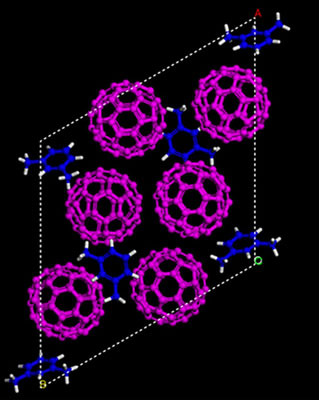 A new super-hard form of carbon has been created by an international team of scientists.
A new super-hard form of carbon has been created by an international team of scientists.
Aug 21st, 2012
Read more
 A new super-hard form of carbon has been created by an international team of scientists.
A new super-hard form of carbon has been created by an international team of scientists.
Aug 21st, 2012
Read moreFor the first time ever, physicists from Friedrich-Alexander-Universit�t Erlangen-N�rnberg (FAU) have succeeded in proving that an optical system can be 'invisible' from one side and act like a mirror from the other side.
Aug 21st, 2012
Read moreDetailed molecular-scale measurements of a chemical reaction accelerated by sunlight have been made for the first time ever.
Aug 21st, 2012
Read more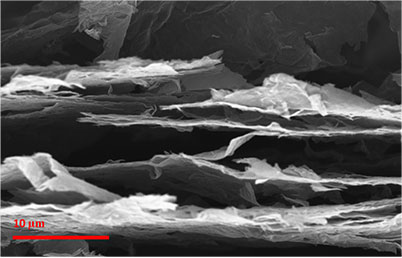 Engineering researchers at Rensselaer Polytechnic Institute made a sheet of paper from graphene and then zapped the paper with a laser or camera flash to blemish it with countless cracks, pores, and other imperfections. The result is a graphene anode material that can be charged or discharged 10 times faster than conventional graphite anodes used in today's lithium (Li)-ion batteries.
Engineering researchers at Rensselaer Polytechnic Institute made a sheet of paper from graphene and then zapped the paper with a laser or camera flash to blemish it with countless cracks, pores, and other imperfections. The result is a graphene anode material that can be charged or discharged 10 times faster than conventional graphite anodes used in today's lithium (Li)-ion batteries.
Aug 20th, 2012
Read moreNaonparticles tailored to latch onto blood platelets rapidly create healthy clots and nearly double the survival rate in the vital first hour after injury, new research shows.
Aug 20th, 2012
Read more Sunscreens, lotions, and cosmetics contain tiny metal nanoparticles that wash down the drain at the end of the day, or are discharged after manufacturing. Those nanoparticles eventually end up in agricultural soil, which is a cause for concern, according to a group of environmental scientists that recently carried out the first major study of soybeans grown in soil contaminated by two manufactured nanomaterials.
Sunscreens, lotions, and cosmetics contain tiny metal nanoparticles that wash down the drain at the end of the day, or are discharged after manufacturing. Those nanoparticles eventually end up in agricultural soil, which is a cause for concern, according to a group of environmental scientists that recently carried out the first major study of soybeans grown in soil contaminated by two manufactured nanomaterials.
Aug 20th, 2012
Read more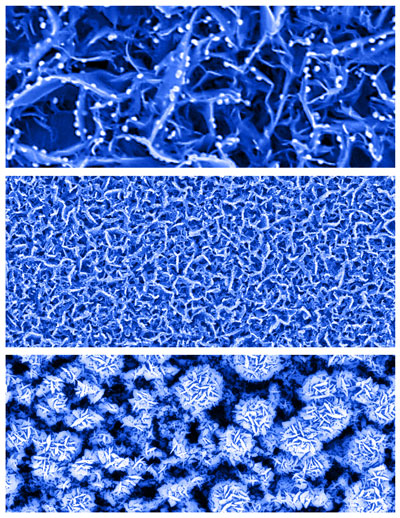 Researchers have created a new type of biosensor that can detect minute concentrations of glucose in saliva, tears and urine and might be manufactured at low cost because it does not require many processing steps to produce.
Researchers have created a new type of biosensor that can detect minute concentrations of glucose in saliva, tears and urine and might be manufactured at low cost because it does not require many processing steps to produce.
Aug 20th, 2012
Read moreScientists have broken the limit of light resolution at the nanoscale and delivered a fundamental insight into how light and matter interact, which could lead to the development of enhanced bio-sensors for healthcare and more efficient solar cells and displays.
Aug 20th, 2012
Read moreScientists have discovered that a space inside a special type of carbon molecule can be used to imprison other smaller molecules such as hydrogen or water.
Aug 20th, 2012
Read more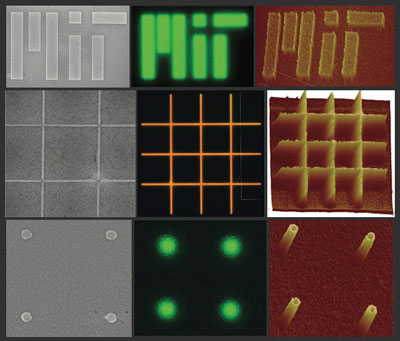 New process developed at MIT could enable better LED displays, solar cells and biosensors - and foster basic physics research.
New process developed at MIT could enable better LED displays, solar cells and biosensors - and foster basic physics research.
Aug 20th, 2012
Read more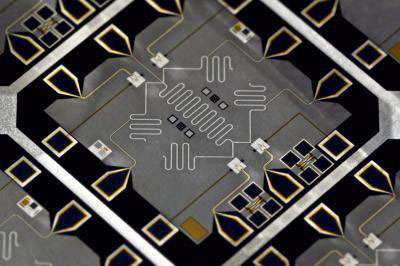 Computing prime factors may sound like an elementary math problem, but try it with a large number, say one that contains more than 600 digits, and the task becomes enormously challenging and impossibly time-consuming. Now, a group of researchers at UC Santa Barbara has designed and fabricated a quantum processor capable of factoring a composite number - in this case the number 15 - into its constituent prime factors, 3 and 5.
Computing prime factors may sound like an elementary math problem, but try it with a large number, say one that contains more than 600 digits, and the task becomes enormously challenging and impossibly time-consuming. Now, a group of researchers at UC Santa Barbara has designed and fabricated a quantum processor capable of factoring a composite number - in this case the number 15 - into its constituent prime factors, 3 and 5.
Aug 19th, 2012
Read moreThrough the fundamental work carried out by a team from the University of Geneva and the NCCR Chemical Biology, chemists may be able to attain more complex supramolecular structures.
Aug 19th, 2012
Read moreRealization of a new type of magnetic phase in devices opens the door to electronics based on topologically non-trivial materials.
Aug 19th, 2012
Read moreA major improvement in the world's lightest solid material and best solid insulating material may put more of this space-age wonder into insulated clothing, refrigerators with thinner walls that hold more food, building insulation and other products.
Aug 19th, 2012
Read more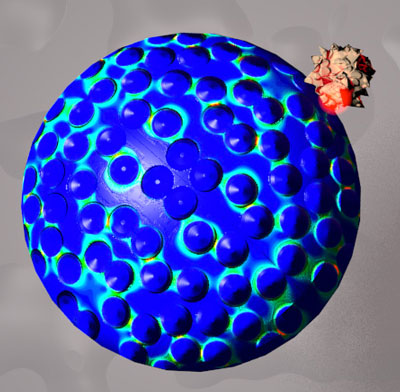 Measuring proteins in real-time down to fM solution concentration levels, corresponding to only a few thousand of protein molecules, has been demonstrated for the first time using a hybrid photonic-plasmonic Whispering Gallery Mode biosensor. Its unprecedented sensitivity is due to optical trapping of proteins at highly sensitive plasmonic hotspots.
Measuring proteins in real-time down to fM solution concentration levels, corresponding to only a few thousand of protein molecules, has been demonstrated for the first time using a hybrid photonic-plasmonic Whispering Gallery Mode biosensor. Its unprecedented sensitivity is due to optical trapping of proteins at highly sensitive plasmonic hotspots.
Aug 19th, 2012
Read moreThe U.S. Forest Service Forest Products Laboratory (FPL) celebrated the opening of their $1.7 million nanocellulose pilot plant in Madison, Wisconsin late last month.
Aug 17th, 2012
Read more